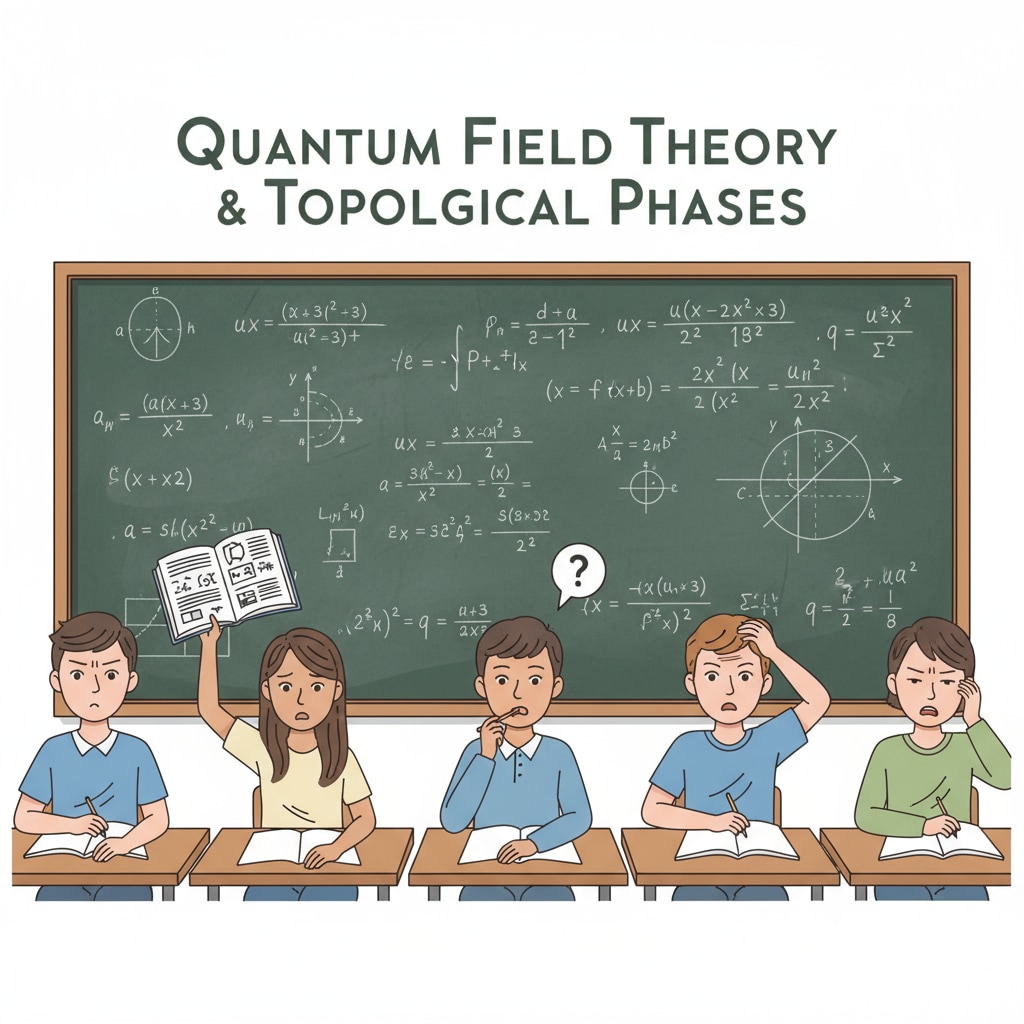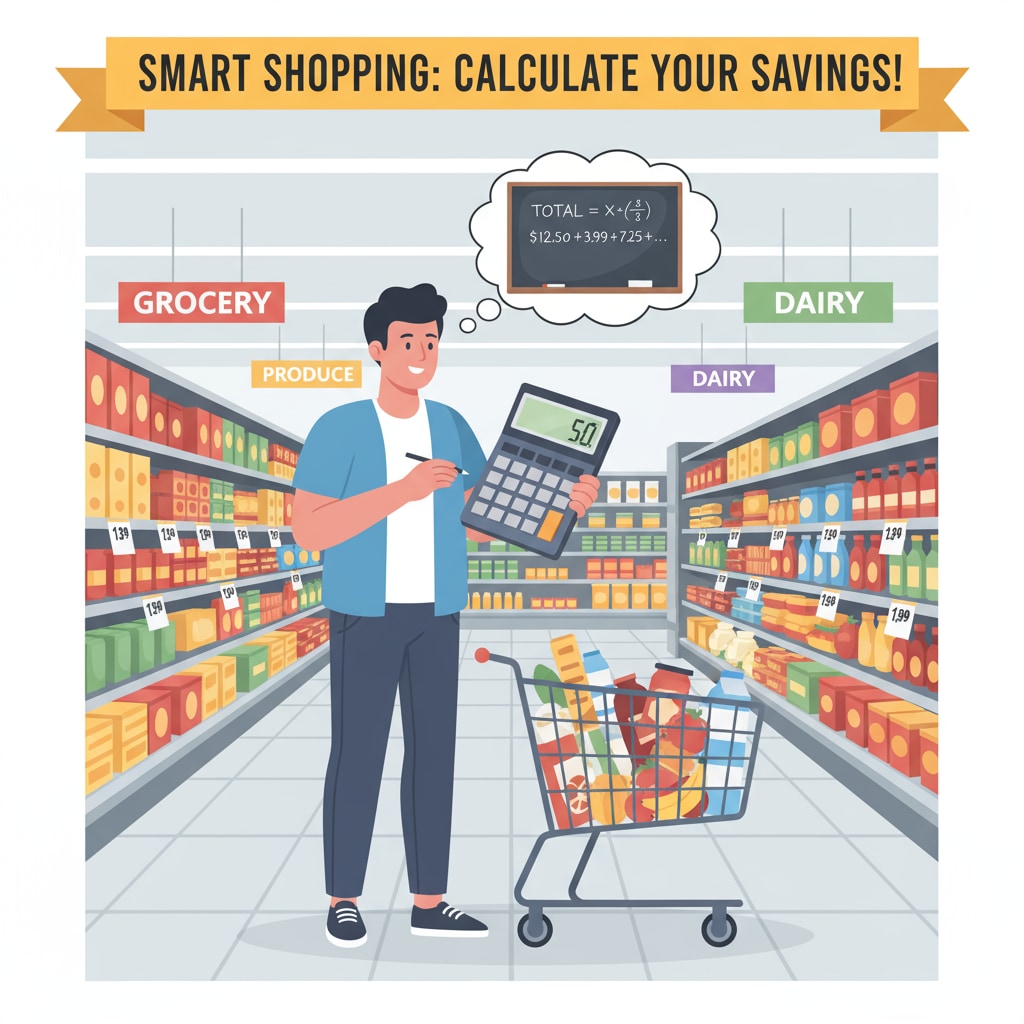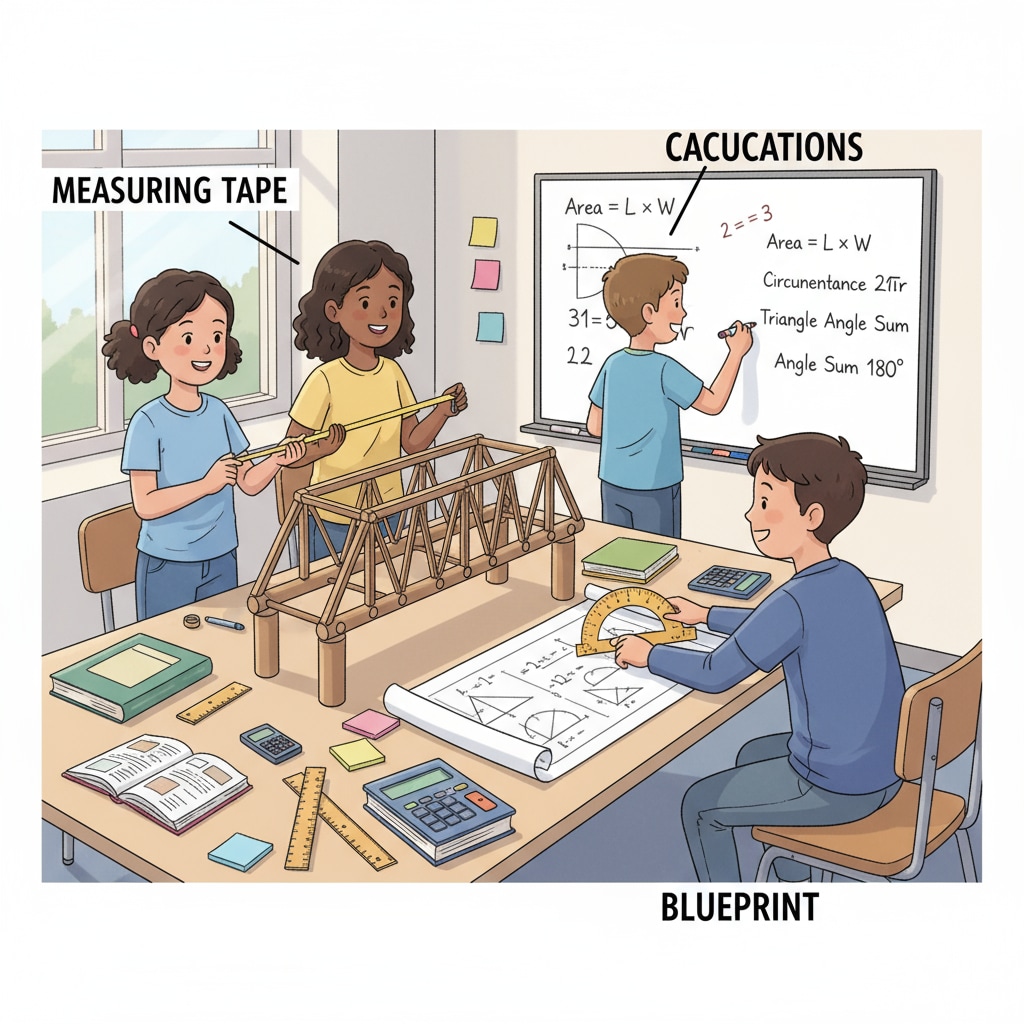Mathematics education, practical value, and advanced mathematics are topics that have sparked a significant debate in recent years. The question of whether what we teach in schools truly translates into useful skills in real life has been a matter of concern for educators, parents, and students alike.

As children progress through the K12 system, they are exposed to a wide range of mathematical concepts, from basic arithmetic to advanced trigonometry and calculus. But how often do these concepts find practical application in their daily lives?
The Disconnect Between Math Education and Real Life
One of the main issues is the apparent disconnect between the mathematics taught in schools and its practical use in the real world. For example, while basic math skills like addition, subtraction, multiplication, and division are used regularly in everyday tasks such as shopping, cooking, and budgeting, the same cannot be said for advanced mathematical concepts. According to Wikipedia’s Mathematics Education page, advanced topics like trigonometry and calculus are often taught without clear links to real-life scenarios. Students may be able to solve complex equations on paper but struggle to apply these concepts in practical situations.

The Role of Basic and Advanced Math in Daily Life
Basic mathematics forms the foundation of our daily numerical interactions. It helps us manage our finances, measure ingredients while cooking, and understand time and distances. On the other hand, advanced mathematics, although crucial in certain fields like engineering, physics, and computer science, has limited direct application in most people’s daily routines. As stated on Britannica’s Mathematics page, only a small percentage of the population will use advanced math concepts regularly in their careers. This raises the question of whether it is necessary to teach these advanced topics to all students in K12 education.
Another aspect to consider is the retention of mathematical knowledge. Even if students learn advanced concepts in school, without regular use, they are likely to forget them over time. This further emphasizes the need to reevaluate the practical value of teaching such concepts in the first place.
Readability guidance: The key points here are the disconnect between math education and real life, and the different roles of basic and advanced math. By using short paragraphs and clear examples, we can make these complex ideas more accessible. Transition words like “while” and “on the other hand” help to show the contrast between basic and advanced math.
Possible Directions for Math Education Reform
To address these concerns, there are several possible directions for math education reform. One approach could be to make the curriculum more practical and relevant. This could involve integrating real-life examples and projects into the teaching of advanced math concepts. For instance, when teaching trigonometry, educators could use examples from architecture or navigation to show students how these concepts are used in the real world.
Another option is to offer more differentiated instruction. Not all students will pursue careers that require advanced math, so providing different levels of math courses or elective options could ensure that students are learning what is most relevant to their future goals. This way, students who are interested in fields that demand advanced math can still access in-depth instruction, while others can focus on more practical math skills.
In conclusion, the debate on mathematics education, practical value, and advanced mathematics highlights the need for a reevaluation of the current K12 math curriculum. By bridging the gap between what is taught in schools and what is useful in real life, we can ensure that students are better prepared for the challenges of the modern world.



